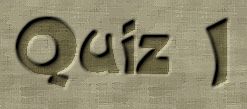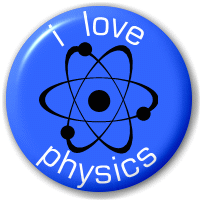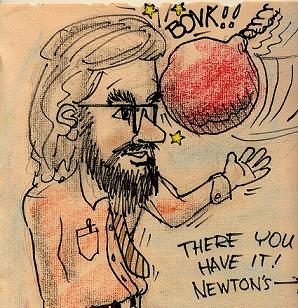 |
Prof. Rory Coker Office: RLM 8.312 Phone: (512) 471-5194 Fax: (512) 471-9637 Email: rory coker's gmail, coker's physics department mail Office Hours: 9 to 10:30 AM, M, W, Thur; also, 2 to 2:30 PM Friday immediately after class in the hall outside Pai 2.48. [C1] [C2] [S] [A] [OK] [F] [T] [KC] [Q4] |
|
The Fall 2011 unique numbers are 56505, 56510, 56515 and 56520; the class meets from 2 to 3 PM MWF in Pai 2.48. Attendance is REQUIRED in class and in the TA sessions, and the roll will be checked each day using iClickers. The TA is Martin Abel. The unique number of 303K you registered for tells you which TA session you must attend: 56505, M, 4 to 5 PM, RLM 7.124; 56510, M, 5 to 6 PM, RLM 5.116; 56515, M, 7 to 8 PM, RLM 5.118; 56520. [Both iClicker and iClicker2 should work OK in Pai 2.48; the TA will probably check attendance with a paper signup sheet.] Text: PHYSICS FOR ENGINEERS AND SCIENTISTS, Vol. 1, 3rd ed, by Ohanian and Markert (2007) Syllabus for Fall 2011. Basis of course letter grade: Final exam, 25%; homework, 20%; best 3 of 4 exams, 15% each; class and TA session attendance, 5% each. The lowest homework grade is dropped, and 2 zero clicker grades are dropped. Class attendance and problem session attendance are NOT OPTIONAL; they are required, and contribute a sizeable percentage of the overall course grade.As of 9:30 AM, 12/8/2011, overall course letter grades have been uploaded to the registrar, and can also be viewed on Quest. The GPA for the class was 2.52. 10 students made A or A-, 20 students made B+, B or B-, 11 students made C+, C or C-, and 9 students made D+, D, D- or F. The overall average was 73, as it almost always is for Quest-using physics courses, but I "bent the curve" so that the dividing line between B and C was at 71.5 rather than 73. The homework for this course is handled by the Quest on-line homework service. Homework assignments are turned in by you on-line from your web-browser, logging-in with your UT-EID from https://quest.cns.utexas.edu/. An FAQ page is available here. Complete homework and quiz solutions are available on Quest within 15 minutes or half an hour after the deadline. As of Fall 2011, Quest will require a $22 charge per student for its use, which goes toward the maintenance and operation of the resource. After the 12th day of class, when you log into Quest you will be asked to pay via credit card on a secure payment site. You have the option to wait up to 30 days to pay while still continuing to use Quest for your assignments. If you are taking more than one course using Quest, you will not be charged more than $50/semester. For payment questions, email Quest Fees. RUNNING TABLE OF HOMEWORK DUE DATES AND TIMES: Attendance and effort: According to the registrar, 53 students are currently registered for 303K, 66 took Quiz 1, and 60 took Quiz 2, while 52 took Quiz 3, but only about 40 are turning in homework and only 44 are coming to class. In the entire 400-year history of physics, it is not recorded that any student passed a physics course without doing the homework and coming to class. A typical curve for the overall end-of-semester grades in a typical 303K physics class is (showing the lower cutoff for each letter grade): A 91; A- 86; B+ 80; B 78; B- 74; C+ 72; C 67; C- 62; any lower average, D or F. The overall average grade for this particular course was 73%; that included attendance in class and TA sessions, quizzes, homework, etc. Mid-semester quizzes are given in the evenings, not during scheduled class times: Wed-Sep 14, 2011 7:00 PM - 9:00 PM JGB 2.324; Wed-Oct 12, 2011 7:00 PM - 9:00 PM BUR 106; Wed-Nov 09, 2011 7:00 PM - 9:00 PM BUR 106; Wed-Nov 30, 2011 7:00 PM - 9:00 PM BEL 328. See the course syllabus for further details. Examination papers are generated by the Quest system, and answers are made using "bubble-sheets" during the exam period. The final exam is to be held in RLM 4.102 from 2 to 5 PM, December 7.
Here is a way to get extra credit! Here is the Golden Rule of physics problem-solving. Ignore it at your extreme peril. Important: the Laboratory Course 103M is a REQUIRED CO-REQUISITE for 303K. It is your responsibility to register for and take the lab, simultaneously with 303K, unless you have already taken and passed it in a prevous semester. All lab sessions start the week of August 29. COACHES AND TUTORS: Coaches are present at tables by the elevators on the 5th level of RLM, at various times between 9 AM and 5 PM weekdays. Coaches are there to give you hints on homework problems, and mini-lectures on key concepts in physics. You can obtain a physics graduate student tutor by contacting the undergraduate secretary, whose office is around the corner from the coaching tables on the 5th level. If you are experiencing any difficulties in doing the homework you probably need a tutor, and you would need to work with him or her beginning as early as possible in the semester. CLASS SLIDES: Motion, Kinematics, Free Fall, Vectors 1, Vectors 2, Unit Vectors, Projectiles, Projectile Relativity, Estimating Acceleration, Centripetal Acceleration, Radial and Tangential, Relative velocity, All Three Laws, The Dark! Friction, Roller Coaster, Conical Pendulum, Work, Energy's Fathers, Kinetic Energy, PE and E, Conservative forces, Drawing the PE, CE and Mass, Deuteron, Then and Now, Satellites, Orbits, Gravitational Potential Energy, Center of Mass, Geometrical Center, Stability, Equilibrium, Total Momentum, CM and Orbits, Impulse! Elastic and Inelastic Collisions, Where is it? Angular Velocity, Rotational Inertia, Rotational KE, Torque, Rolling, Rotational Inertia Race, Angular Momentum, Torque and Angular Momentum, Precession, Stable and Unstable Rotations, Statics, Atomic forces, Young's, shear and bulk moduli, SHO, Waves, Reflection, Superposition, Standing waves on rope, Group velocity, Wave Applets, Fathers of the Wave, Sound, Spherical waves, Standing waves in pipes, Doppler effect, Sound level, Diffraction, Chladni Plates, Pressure, Pascal Principle, Buoyancy, Bernoulli Principle, Fathers of fluid physics. When physics lecture demonstrations go wild. How to open a corked bottle of wine with just your shoe and a wall. PHYSICS JAVA APPLETS are computer programs running animated diagrams. The animation will show you how various quantities are related in various important examples in basic physics. The programs will often do specific numerical calculations for specific cases, if you input the specific numbers. In some cases the applet runs in a popup window, so that if you have your browser set to disable pop-ups, the applet may not appear. Here are some general collections of [sometimes very good] applets: http://lectureonline.cl.msu.edu/~mmp/applist/applets.htm Single-concept video tutorials on basic physics. SOME SPECIFIC APPLETS--- classical mechanics---
Derivatives, 1
A complete 2011 calendar in one-page pdf form.
|

Galileo |
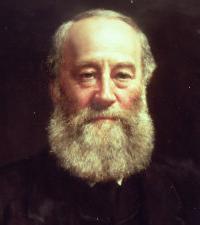
James Joule |

James Clerk Maxwell |
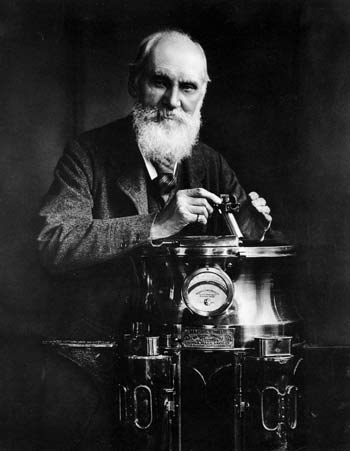
Lord Kelvin |

There will be times when your situation seems desperate and completely hopeless. But there is always hope, unless you suddenly hear Fatso Schmidt, the Keyboard Cat, playing you off! Click on Fatso's image to see what “no hope” really means!!
